



The American movie studios are bastards when it comes to taking highly talented Asian directors and actors and pushing them into the American consciousness, invariably stereotyping and watering down the raw talent and energy of the individuals to increase their acceptance in American culture. Jet Li, Tsui Hark, Ringo Lam, Chow-Yun Fat, Michelle Yeoh and John Woo have all fallen victim to this epidemic, either starring in bad Joel Silver action movies, playing sinister villains in bad Joel Silver movies, seducing James Bond, or directing Jean Claude Van Damme in films stamped with one of his patented roundhouse kicks.
Jackie Chan represents the grand amalgamation of all of these actors combined. With the embarrassment of the re-release of a slew of his old Asian films, re-cut and dubbed in English, Jackie Chan was headed to the land of Jim Kelly (aka Black Belt Jones). But with the success of last year’s Rush Hour, Chan was saved from the abyss of Don “The Dragon” Wilson by the mighty mouth of Chris Tucker and a $100 million dollar domestic gross. So, what’s Chan’s next move – let’s take the same story as Rush Hour, make it a Western, throw in the well-established TV actress Lucy Liu, and added the wise-cracking Owen Wilson as his partner. And watch the money pour in.
The scary thing about all of this is that Shanghai Noon actually works and is one of Chan’s best American efforts to date. I am big Chan fan and my main complaint with all of his films is that I have not witnessed any of his trademark “super-stunts” in most recent years. The last great one is when he jumped from one building to another in Rumble in the Bronx.
Shanghai Noon gives us many great Chan fight sequences. Director Tom Dey does an admirable job of capturing all the tremendous agility of Chan. It almost seems like Sammo Hung, one of Chan’s best Asian directors, was working in tandem with Dey.
Chan is fast and furious when he has the most innocent of objects in his possession, like a piece of rope and a horseshoe that he snaps faster than a gunslinger. Shadows of the Three Stooges are echoed strongly in Chan’s movies and his moves. Chan also uses a bit of his patented Drunken Master techniques defending the honor of a woman. Slow-motion shots also further highlight his magic moves. (For the first time in an American production, Chan employs fellow actor and fight choreographer Biao Yuen, who has worked with Chan since the days of Project A and Meals on Wheels.)
The most important ingredient in the film is Owen Wilson. He is one of the only actors that can move from such films as last year’s The Minus Man, in which he played a quiet serial killer with a conscience, to a gun-toting train robber who prefers the ladies over the gun. Ever since his debut in the quirky indie film Bottle Rocket, Wilson has become a solid character actor. His role as “that guy” in The Haunting, Armageddon and Anaconda was the highlight of each of those films.
Shanghai Noon will be Wilson’s breakthrough role. Wilson brings a wonderful subtlety to the film and his dry wit works well with the wonderful comedic timing of Chan. Most of the laughs come from Wilson’s own insecurities and trepidation about being an “outlaw.” One of the best scenes in the films is when he rides into town and sees a wanted poster with his face on it. His reaction is, “This will surely make the girls want me more!”
One of few problems with the film is that it draws a bit too much inspiration from early Asian films such as the Jet Li vehicles Once Upon a Time in China and Once Upon a Time in China and America and Jackie Chan’s Who Am I? The main bad guy, Roger Yuan (who was also seen in the Once Upon a Time movies) is a cardboard, stereotypical Asian bad guy. The subplots, involving social commentary on the state of Chinese immigrants and an annoying love interest with Chan, tend to drag. Overall though, these are minor elements within the broad canvas of the film’s stronger moments.
Shanghai Noon is an enjoyable film. You get great laughs that creep in under the cover of sarcasm, wonderful action sequences, beautiful cinematography, and a horse that enjoys a good bottle of whiskey. The film also employs a typical theme of Chan movies: People are beaten to a pulp by high flying kicks to the head, rabbit punches to the gut, thrown through glass windows, hit by cars, run over by large animals – and they never die.

Jump! Jump!
Review by Max Messier © 2000 filmcritic.com

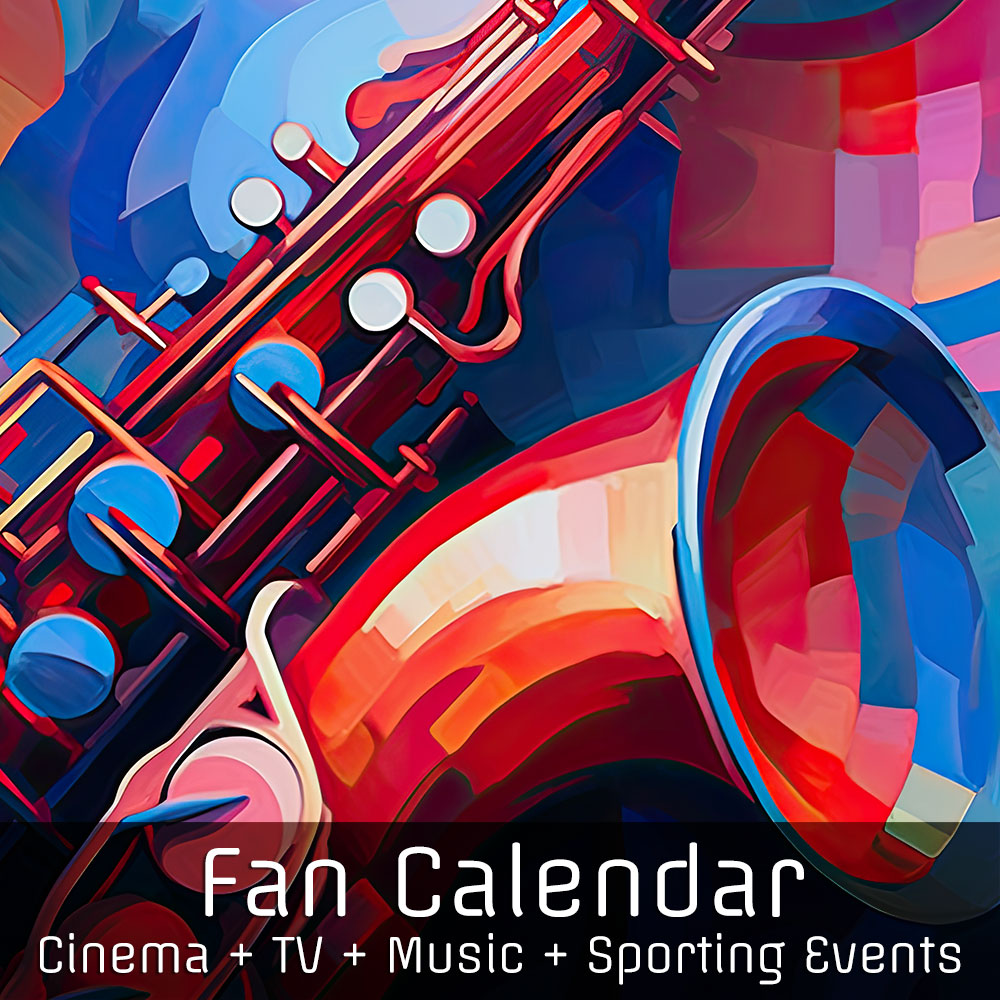

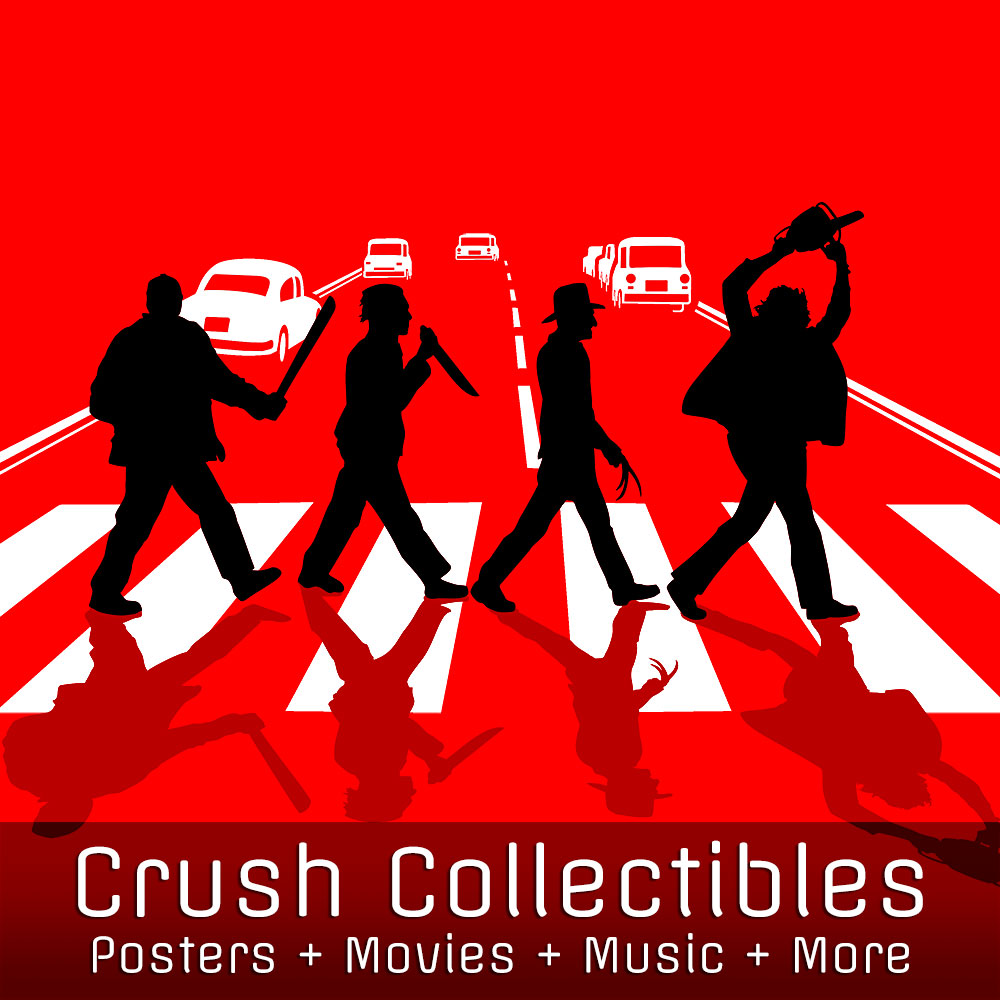




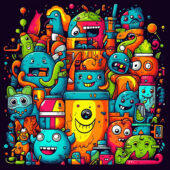
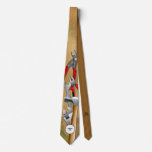
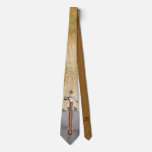
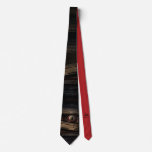



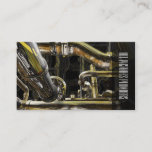
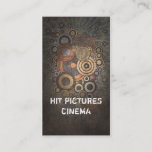
![Sexy Cult Movie Siren Uschi Digard Photo [221205-41]](https://www.filmfetish.com/img/p/2022/12/221205-41-uschi-digard-85x11-web-170x170.jpg)
![Twilight Zone: The Movie Actress Abbe Lane Sexy Photo [210906-25]](https://www.filmfetish.com/img/p/2023/01/210906-25-abbe-lane-85x11-web-170x170.jpg)
![Grand Central Station New York City Morning Sun Through Windows Photo [240320-21]](https://www.filmfetish.com/img/p/2024/03/240320-21-11x85-web-170x170.jpg)
![Death Wish II Actress Robin Sherwood Photo [221010-32]](https://www.filmfetish.com/img/p/2022/11/221010-32-robin-sherwood-85x11-web-170x170.jpg)








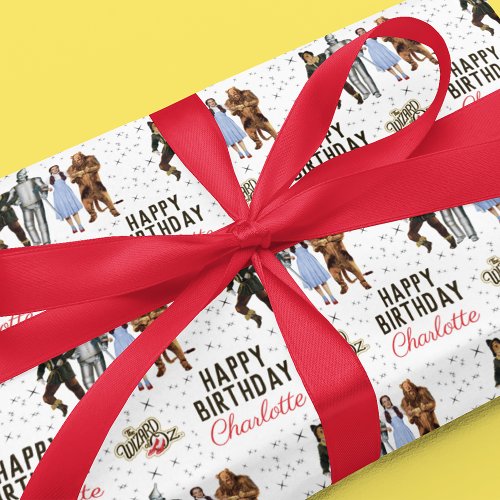
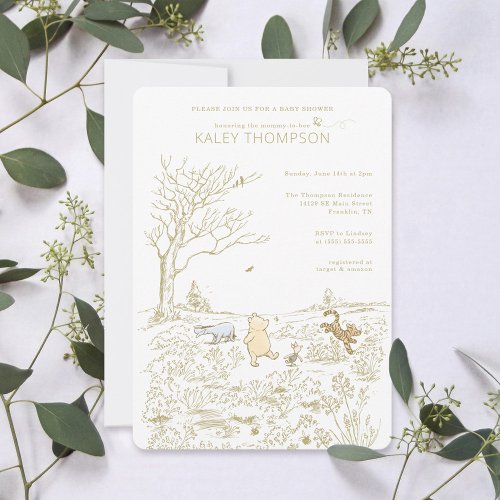

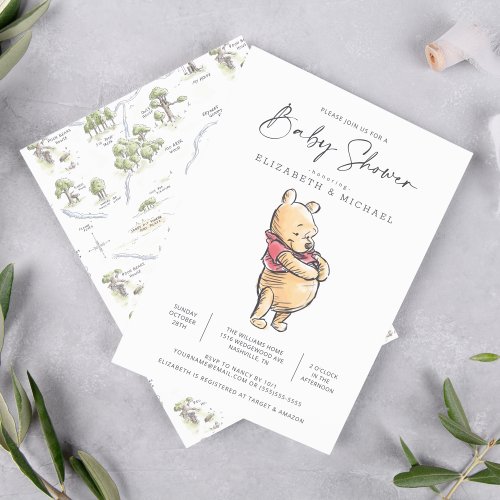
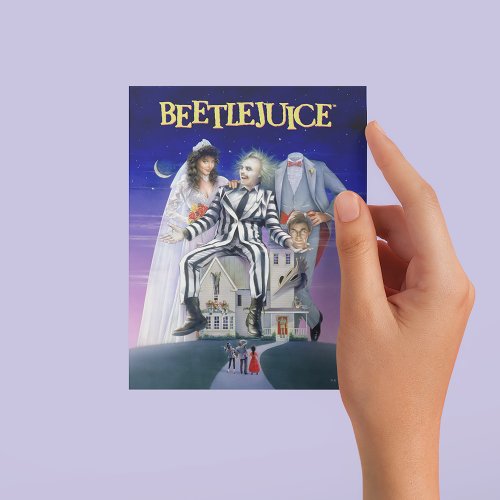
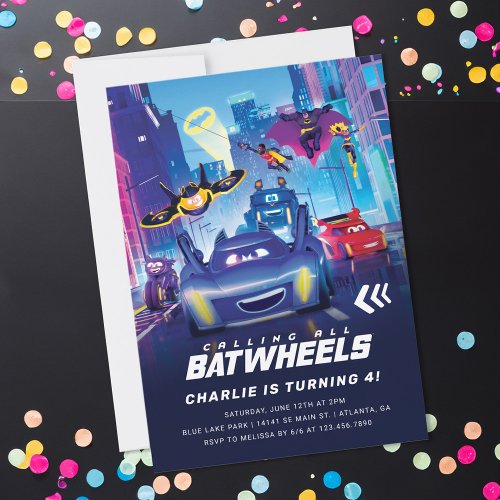
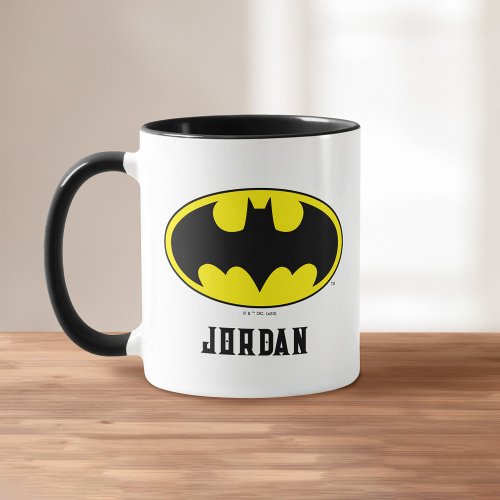

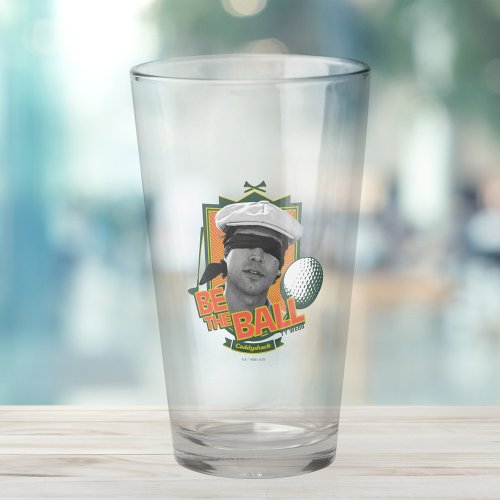
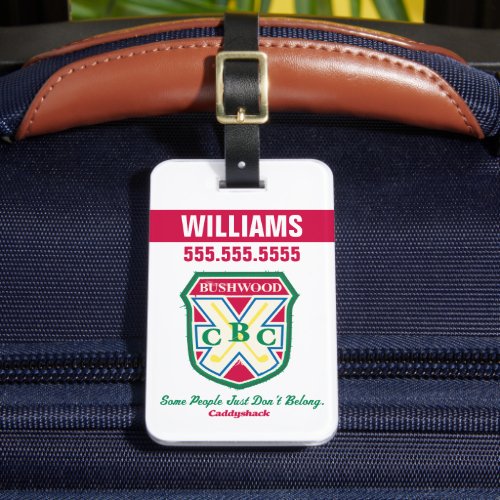
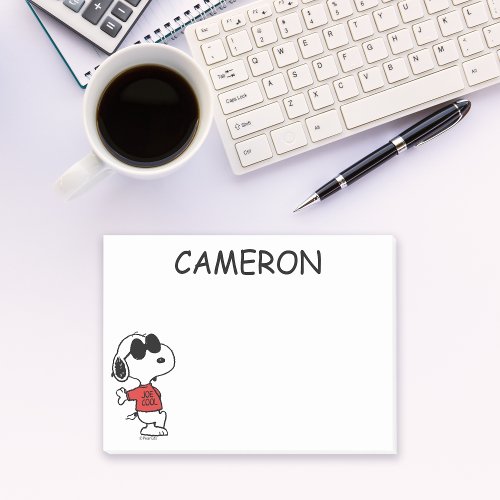
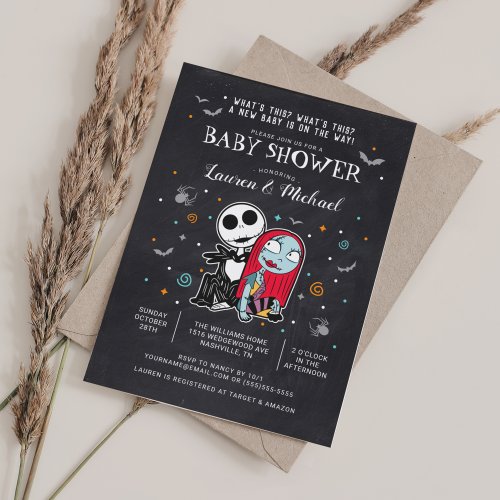
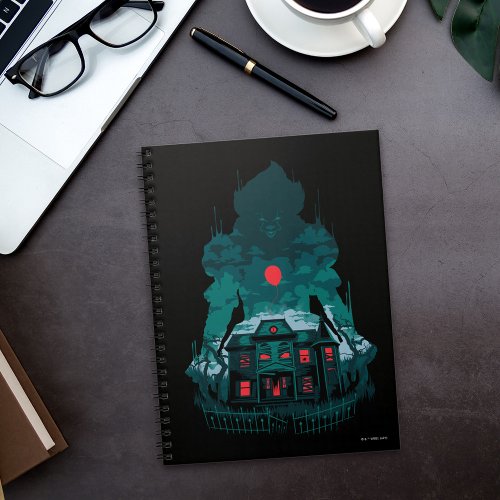
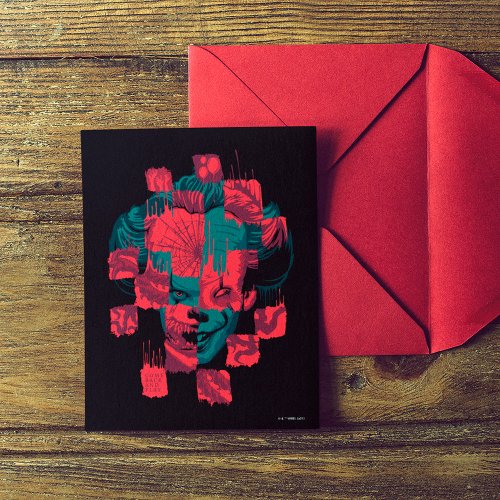
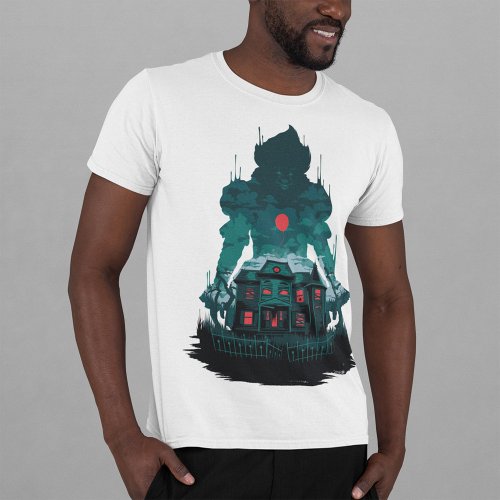
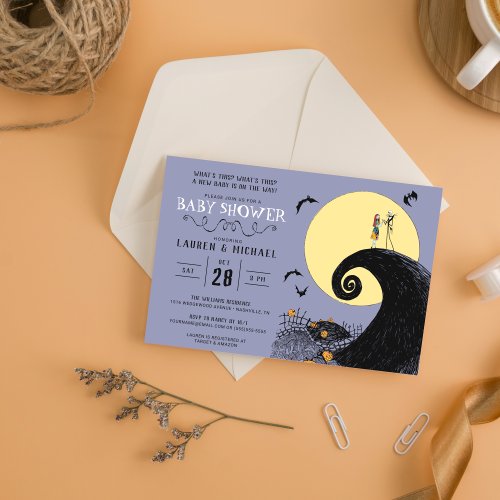
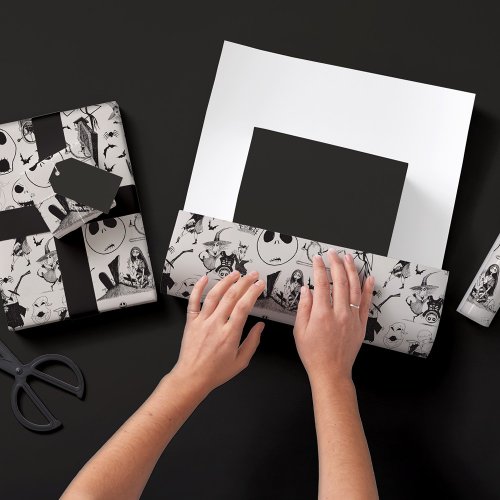

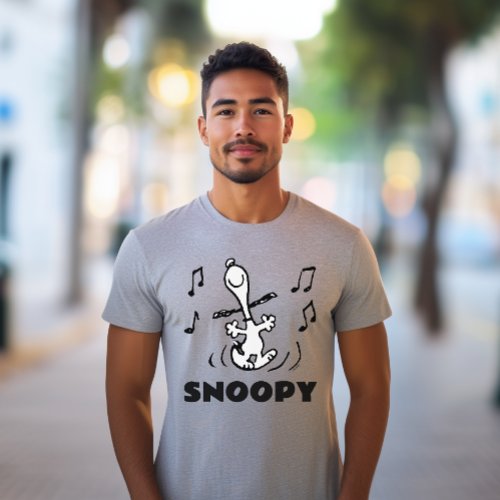
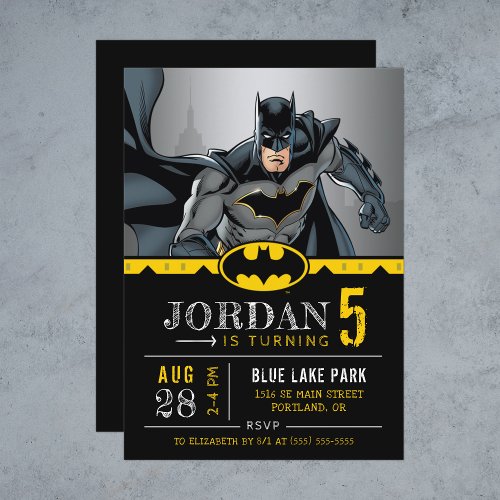
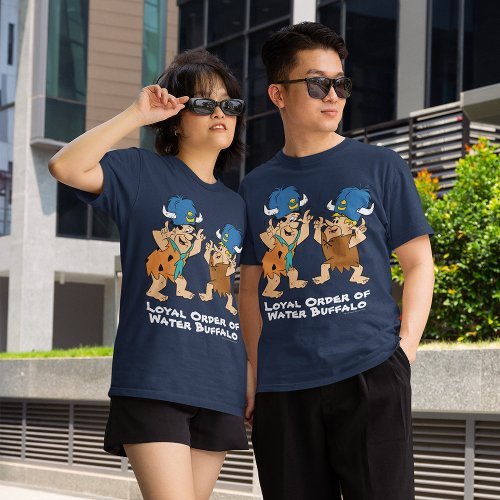
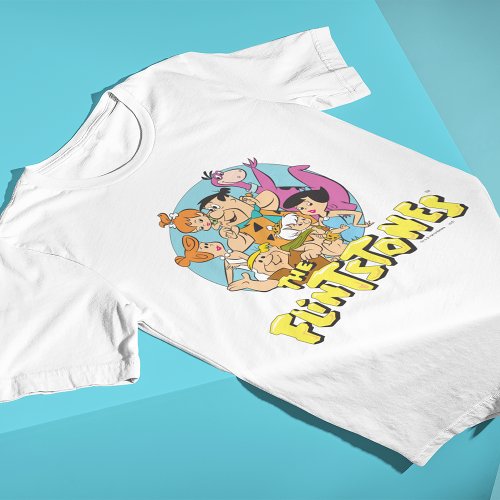
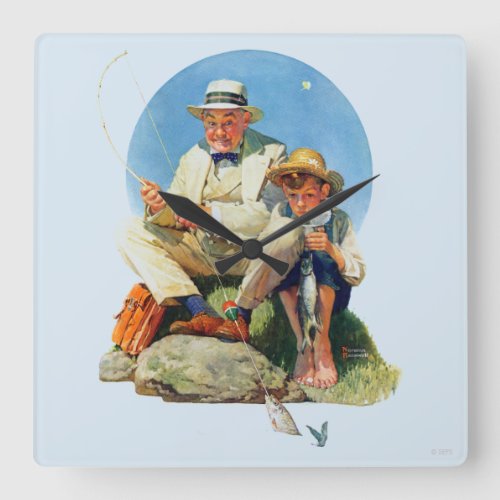

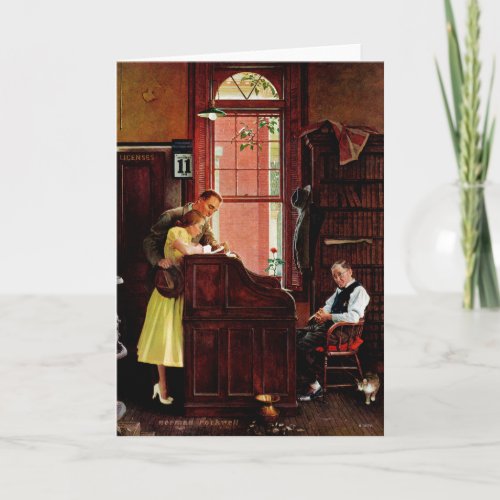
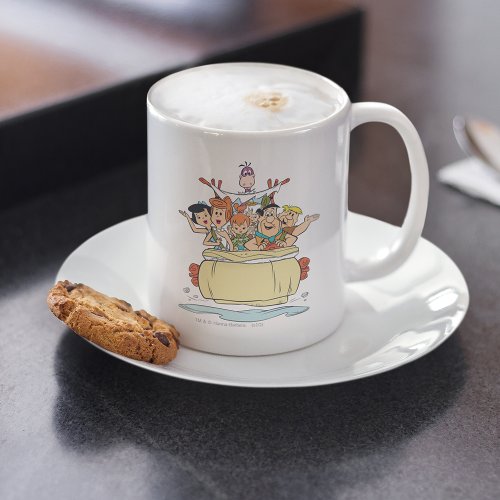
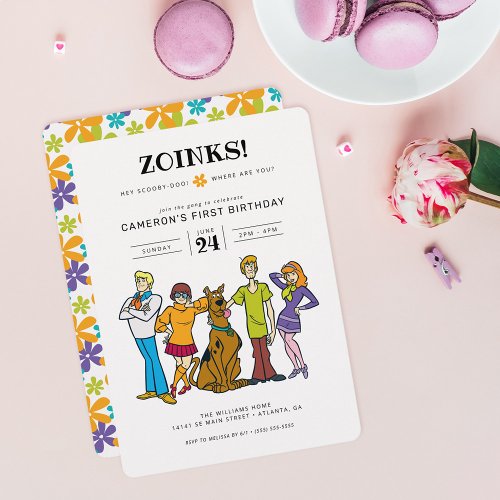
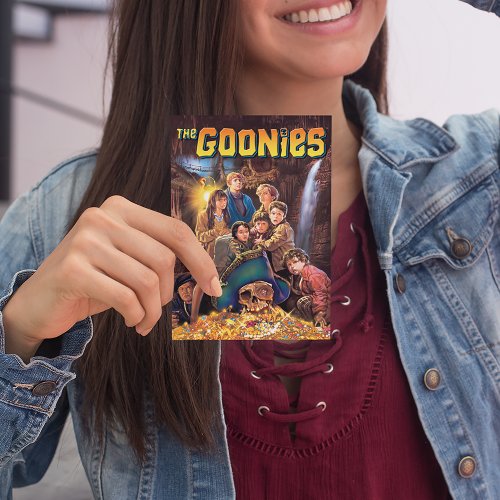
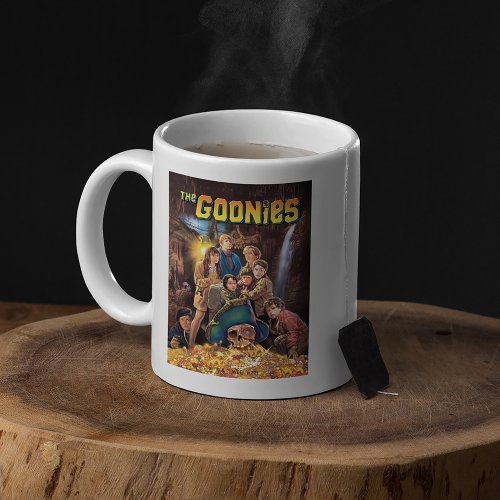
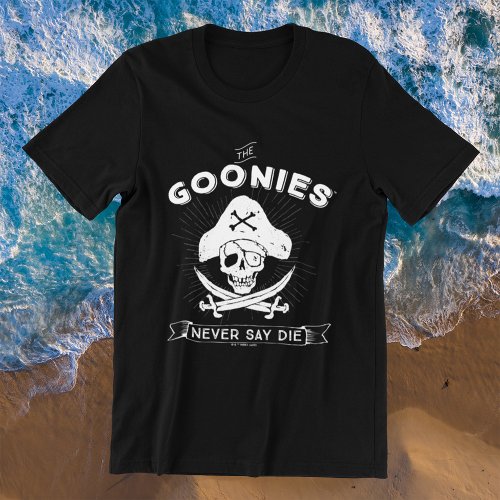

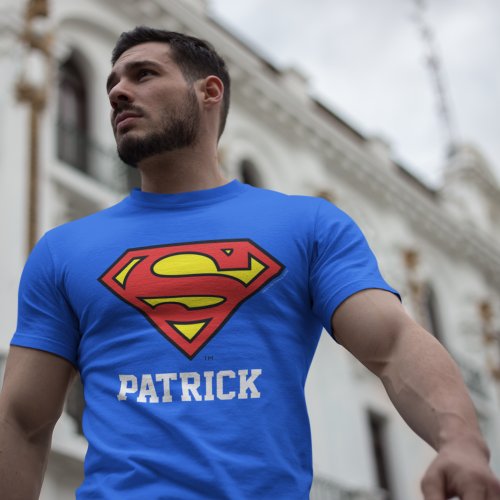
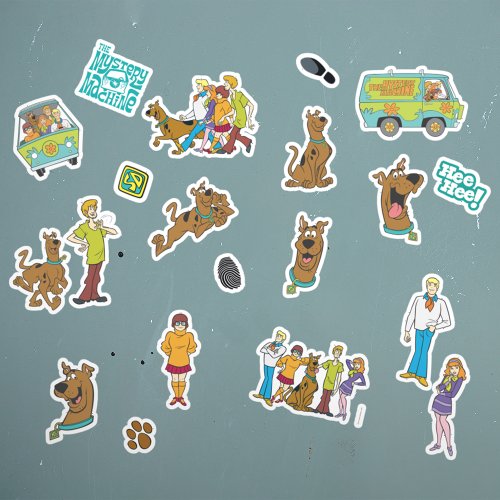
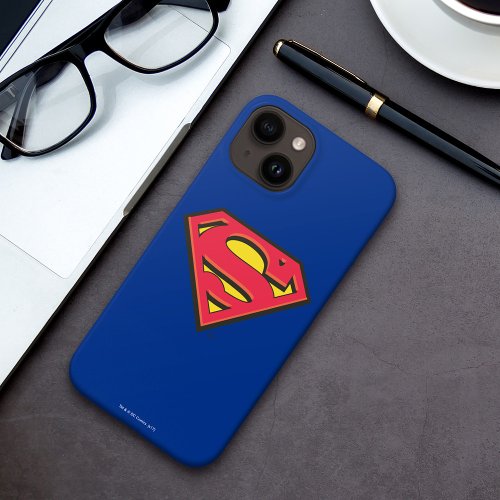
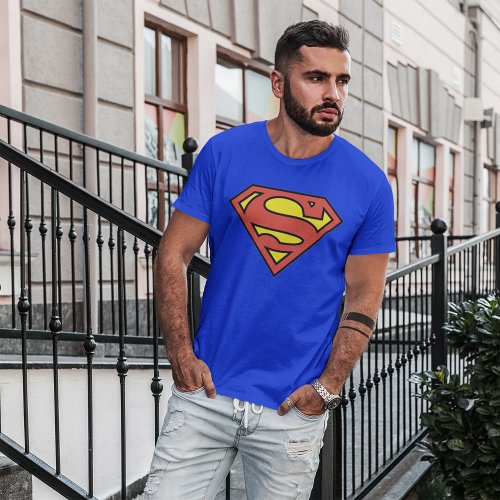

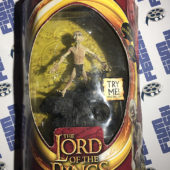

![Big Apple Anime Fest World Anime Party & Anime Expo, Times Square New York City Program Guide (2002) [662]](https://www.filmfetish.com/img/p/2020/08/big-apple-anime-fest-guide-2002-662-01-170x170.jpg)
![Vittorio Gassman Original 8×10 inch MGM Press Publicity Photo [G43]](https://www.filmfetish.com/img/p/2021/06/vittorio-gassman-g43-01-170x170.jpg)
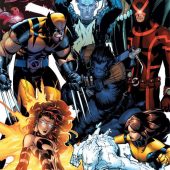


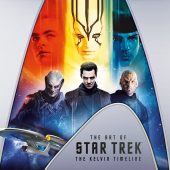
![Slim Carter Original 10×8 inch Publicity Press Photo [H24]](https://www.filmfetish.com/img/p/2021/06/slim-carter-h24-01-170x170.jpg)